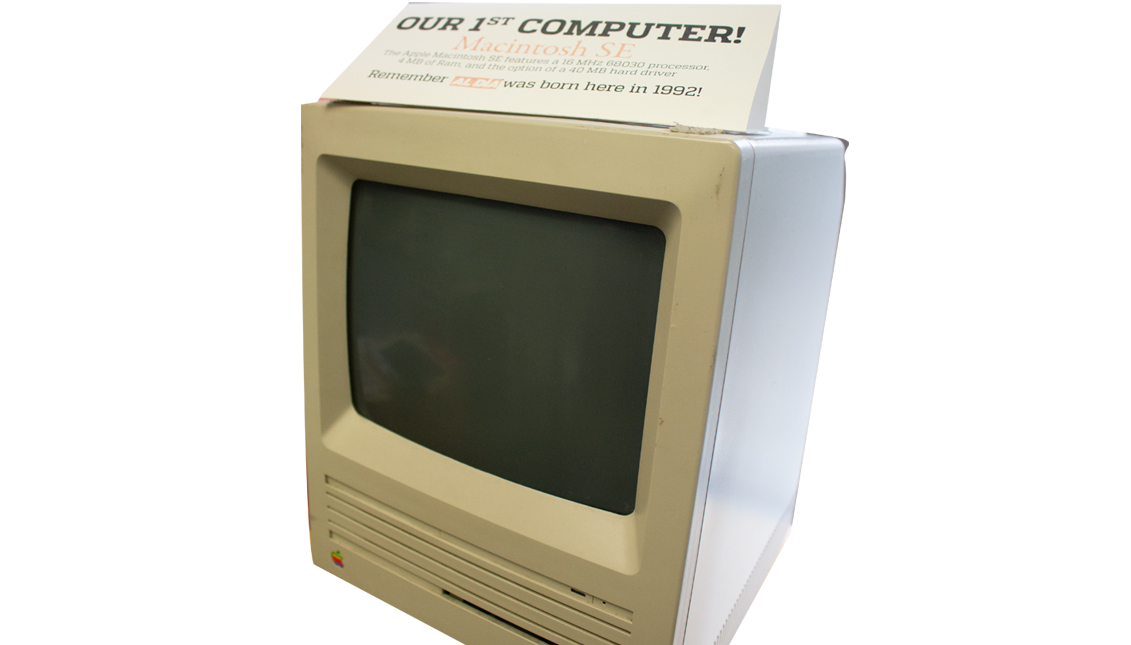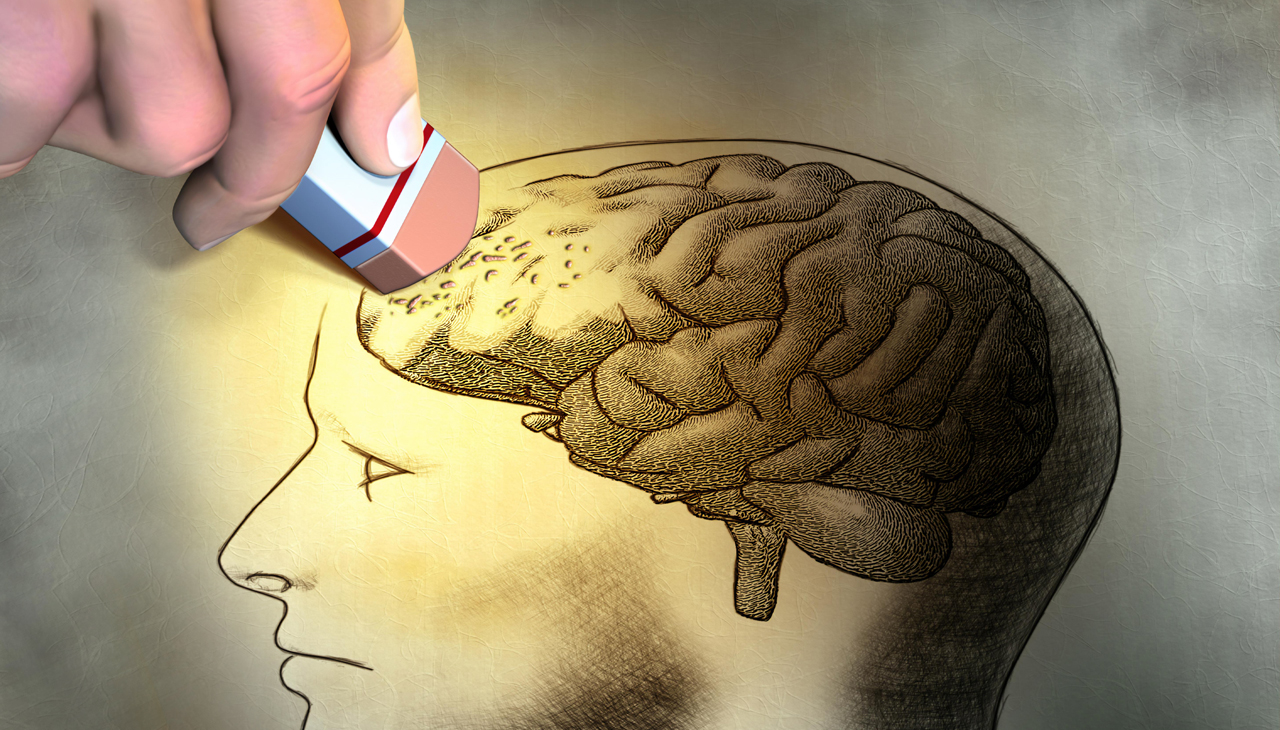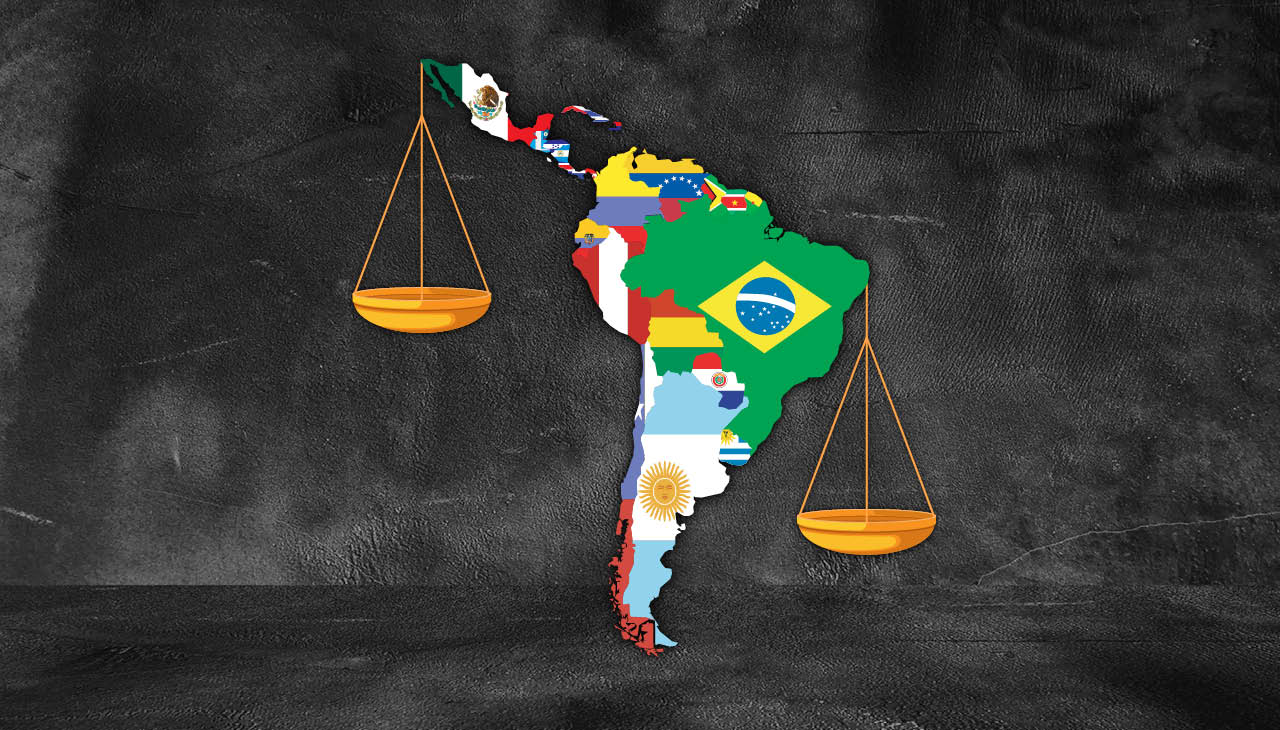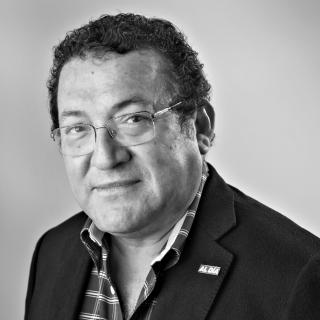
How Steve Jobs Helped Me Be an Independent Journalist | OP-ED
It was that MAC-SE and the “Page Maker” software that first made me dream of becoming an “Editor & Publisher”.
One of the classes I did enjoy while a graduate student in the University of Iowa’s School of Journalism, was the one taught by professor Bill Zima, a veteran Hungarian American journalist from the Des Moines Register who finished his career in the comforts of academic life by becoming a professor in Iowa City.
He quite obviously enjoyed teaching youngsters like me the Art of Journalism, but he had even more fun teasing us all along about the obvious fact we didn’t have any clue about:
Journalism, in addition to being an Art, was also a Science and, above all, also a Business.
Journalism, in addition to being an Art, was also a Science and, above all, also a Business.
Professor Zima is the one who gave us the first taste by teaching us the very practical class entitled “Desktop Publishing.”
The complexity of Journalism, and the complex process of publishing it, had been reduced to a series of strokes on a computer keyboard— or so it seemed.
Printing and publishing were again democratized as a single computer operated by just one person, as in the early days of the flat press, would be enough to produce a publication.
The First Amendment was again possible as "Freedom of the press" was not only for those who could "own one".
As long as you have the guts to write, paginate, paste-up and pay a printer for your run of copies, the dream was again possible.
Or at least that was what Professor Zima led us to believe.
“You are now in business!,” he would say every time he walked away from a computer station after resolving an issue for a puzzled student at the computer lab where he inspired some of us to become home-based newspaper publishers.
Steve Jobs’ early personal MAC models, powered up by the Page Maker software, made the young dream of becoming editors and publishers, even before we could be simple news writers.
RELATED CONTENT
Mine was MAC-SE, at the time a “powerful machine” with 4 MB of RAM Memory, a screen of 9 inches, and a CPU of 7.8 MHz, all financed by a student loan of $2,200.
I brought the little machine in 1991 when I came to Philadelphia.
I brought the little machine in 1991 when I came to Philadelphia.
I placed the little box at the center of the living room of my modest home in North Philly where I went to live with my family.
The machine would silently speak to me every day I saw it sitting there.
Finally, job rejection after job rejection, the technology invented by Mr. Steve Jobs, and the training from the bottom-line Professor Zima, eventually persuaded me that to start AL DÍA was probably the only choice left.
“You’re now in Business!”, I could hear Professor Bill Zima —who died in California 9 years ago— saying with his dry sense of humor in Iowa City in 1988 when I had to humble myself years later in my Philadelphia home to sit down and write out the first story for the modest newsletter AL DÍA was in year one.










LEAVE A COMMENT:
Join the discussion! Leave a comment.